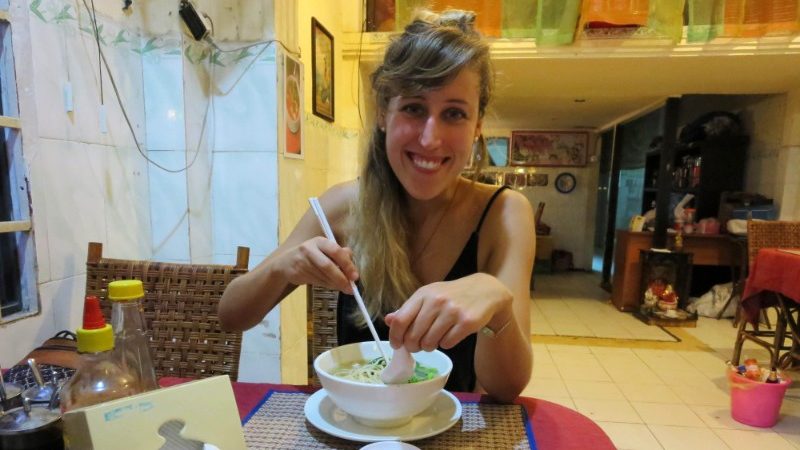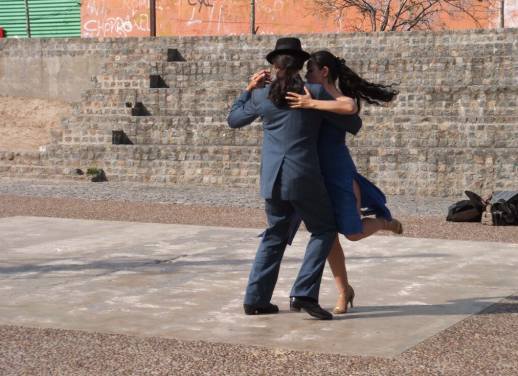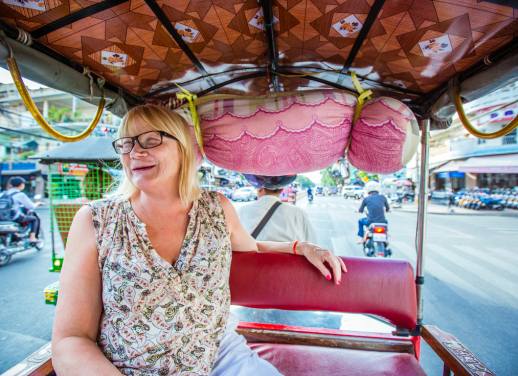South East Asia’s relaxed food regulations, combined with language barriers, can make it a daunting destination for those who suffer food allergies.
The idea that a trace of peanut or cashew is enough to kill an allergy sufferer is absurd to some people, but believe me, it can. I know this from personal experience; if I ingest an allergen, I’ll go into anaphylactic shock within minutes, requiring an Epi-Pen and immediate medical attention. If I don’t receive help in time, I could die.
Traveling with severe allergies presents unique and stressful challenges. There have been times when I’ve skipped meals while traveling, because I didn’t feel certain that something is safe. I’ve relied on others to explain – in a foreign language – my allergies. And I’ve picked through meals before eating them to check for peanuts.
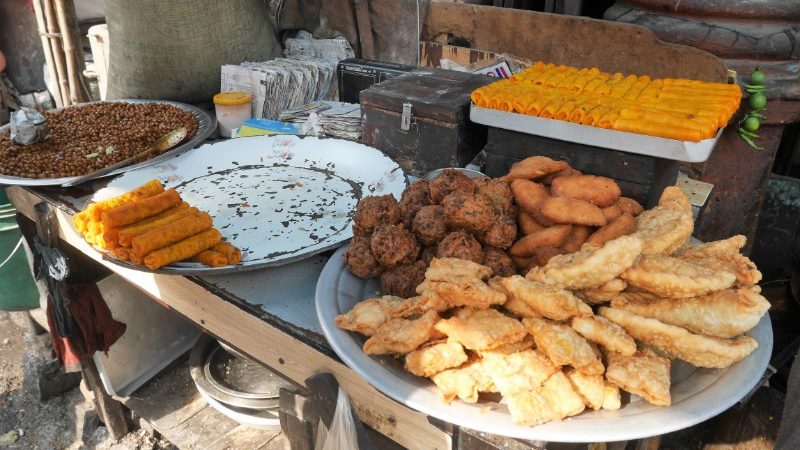
A local who understands your allergies can help with what you can eat.
None of these challenges mean you shouldn’t travel, or limit where you go. If South East Asia is calling to you, go for it! When you do, keep the following tips in mind.
1. Do some research before you travel
Before you head to South East Asia, read up on the region’s local cuisine and food practices. You will want to research the specific country you’re visiting, as food culture varies across this region of the world. Look up the primary dishes and ingredients used to see how prevalent your specific allergen is. This will give you an idea of specific dishes to avoid.
South East Asia is known for their use of nuts, making it a challenging destination for nut-allergy sufferers. The good news is that nuts are typically used as a garnish, so they can usually be omitted from dishes. In Vietnam, I was often able to eat pho, as long as I ensured they left off the peanut garnish! In Cambodia, I ate dumplings and noodles, because peanuts weren’t prevalent in those dishes either.
CHECK OUT INTREPID’S RANGE OF SMALL GROUP ADVENTURES IN ASIA NOW
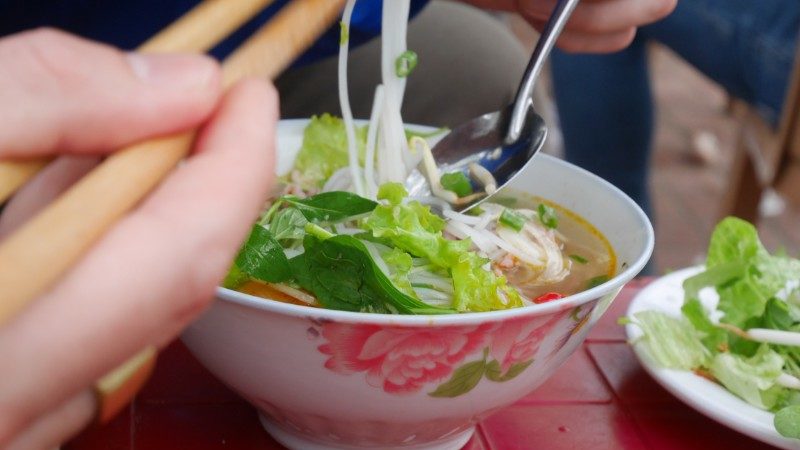
It’s lucky I’m a big fan of pho!
Another reliable trick is to research what fast food chains and restaurants are available in your destination; when I first arrived in Ho Chi Minh City, I ate McDonalds. At that point, it felt safer to eat dishes that were familiar to me, than to eat street food.
Another element of research before you travel is medical attention. Look up the names of hospitals, emergency phone numbers, and availability of ambulances. In some cases, taking a taxi might get you to a hospital faster than an ambulance. In some regions of South East Asia, private hospitals are available to foreigners, offering English-speaking doctors and faster treatment; it’s wise to look up the names and address of these hospitals before you go. Keep this information close to you – on a piece of paper in your wallet, or in your phone.
RELATED: VEGAN? VEGETARIAN? GLUTEN-FREE? HERE’S YOUR ULTIMATE GUIDE TO EATING IN VIETNAM
2. Let your fellow travelers know
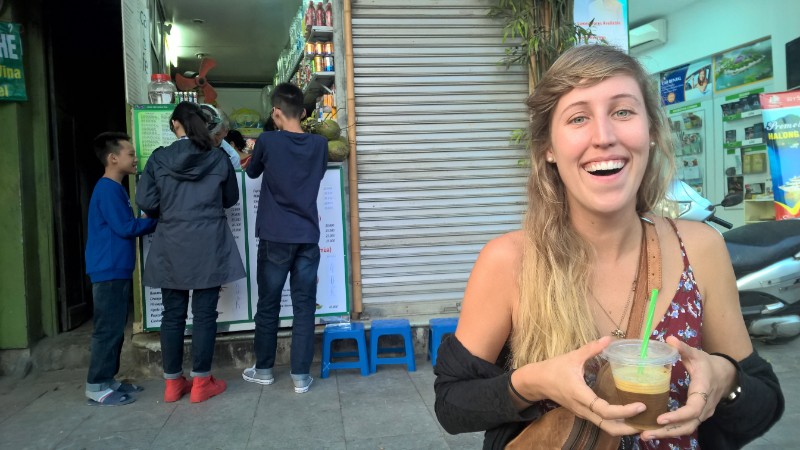
Finding this egg coffee in Hanoi was a delicious highlight!
Traveling alone with food allergies can be scary. I have found that traveling with other people who know about my allergies helps immensely, which is why my first trips were done through group travel!
A group travel leader can’t take ultimate responsibility for your safety (that’s all on you), but they can generally assist in managing your restrictions while traveling. In my experience, group travel offered a sense of security and mental support that I wouldn’t have had traveling on my own. I’ll never forget one particular day with a group in Northern Thailand. I had ordered a meal, but when it arrived I saw it had peanuts crumbled on top. My new friends saw my dismay and all offered me portions of their food that were peanut-free; with a bit of effort, I was safely fed! It was calming to know that my fellow travelers and leaders were aware of the unique challenges I faced, and would be there should anything go wrong.
Whether traveling with a friend or as part of a group, it’s important to let people know of your specific allergies, the medications you carry, what kind of medical attention you need in the event of a reaction, and how to identify a reaction. Those around you can only help you if you’ve given them the tools to do so.
SUBSCRIBE TO INTREPID’S NEWSLETTER FOR TRAVEL STORIES, COMPETITIONS, GIVEAWAYS & MORE
3. Prepare yourself for challenges
Before traveling, make sure you have packed everything you might need to make your experience safe and enjoyable. My prep list always includes extra Epi-Pens (in case you lose one); I generally keep one of them on me, and one in my luggage. I always pack antihistamines to ease any minor reactions I might have, and if you have a medic-alert bracelet, wear it throughout your trip as an extra precaution.
It’s also recommended to have your doctor/allergist write you a medical note, in the event that airport security personnel question your medications. I carry translation cards which explain my allergy, and the medical attention required for it (you can buy these online).
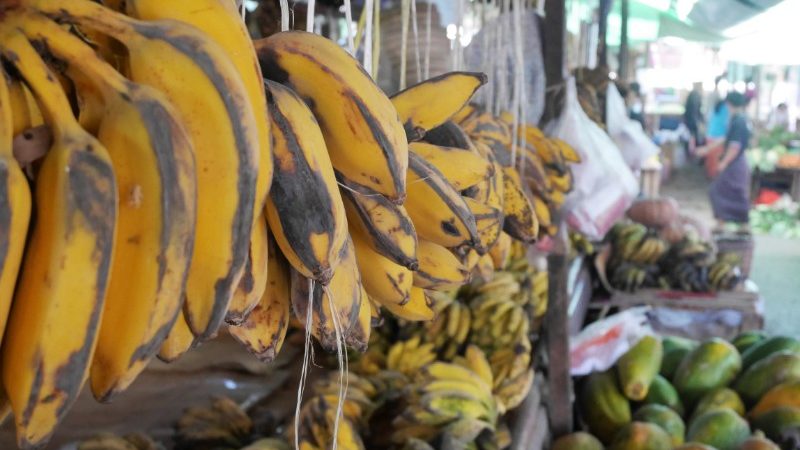
Stock up on fruit and you’ll always have an allergen-free snack.
I also try to bring my own food, where possible. While traveling around South East Asia I always carried snacks with me: safe granola bars from home, protein powder, and locally sourced fruit. By arming myself with snacks, I ensured I had something to eat in the event that I wouldn’t be able to find a meal that I felt was safe to eat. Snacks are a must for flights as well, because many airlines still serve allergen foods, and don’t offer safe meal options to allergy sufferers.
Flights can sometimes be an exceptional challenge; I have spent entire flights with a scarf wrapped around my face to avoid inhaling the smell of peanuts. But hey, it gets me to my destination safely!
RELATED: 4 REASONS NOT TO TRAVEL – AND WHY I IGNORED THEM ALL
Lastly, your preparation should include travel insurance. Make sure to inform your insurance company of any allergies ahead of time.
Traveling South East Asia with food allergies can be a bit nerve-wracking and scary, and your experience will be very different to those who travel without restrictions. A food allergy means you may not be able to eat some of the street food, or try a few local delicacies. But when you find something that you can eat, it will be elating!
As frustrating as traveling with allergies might be, remember that South East Asia has so much to offer; food is only one element of that. You’ll also get to experience the culture, nature, history and adventures, and you’ll be so glad you did.
Travelling with a food allergy or intolerance? Let your agent know when you’re booking, and tell your leader when you arrive. Check out our range of small group adventures, led by expert local leaders, in Asia now.
All images by Erin Hynes.

